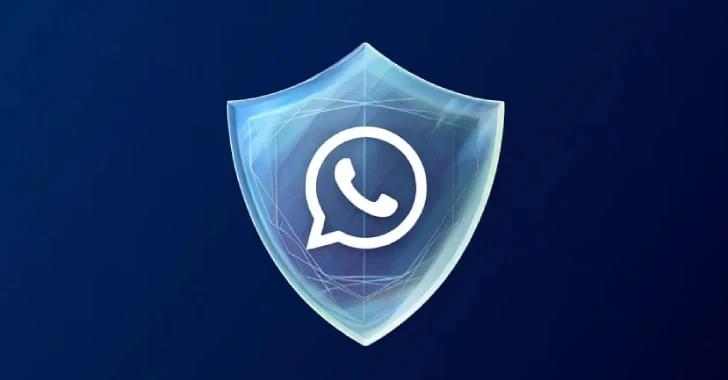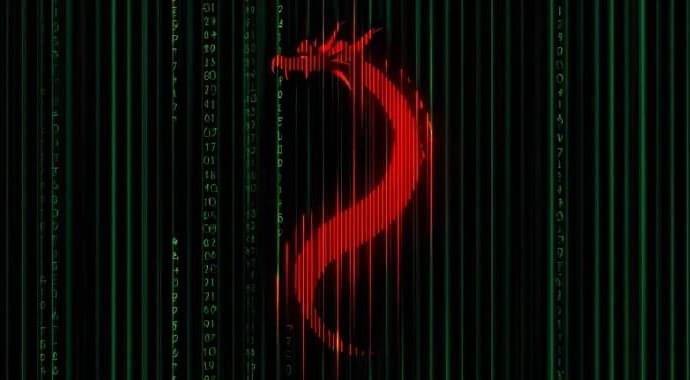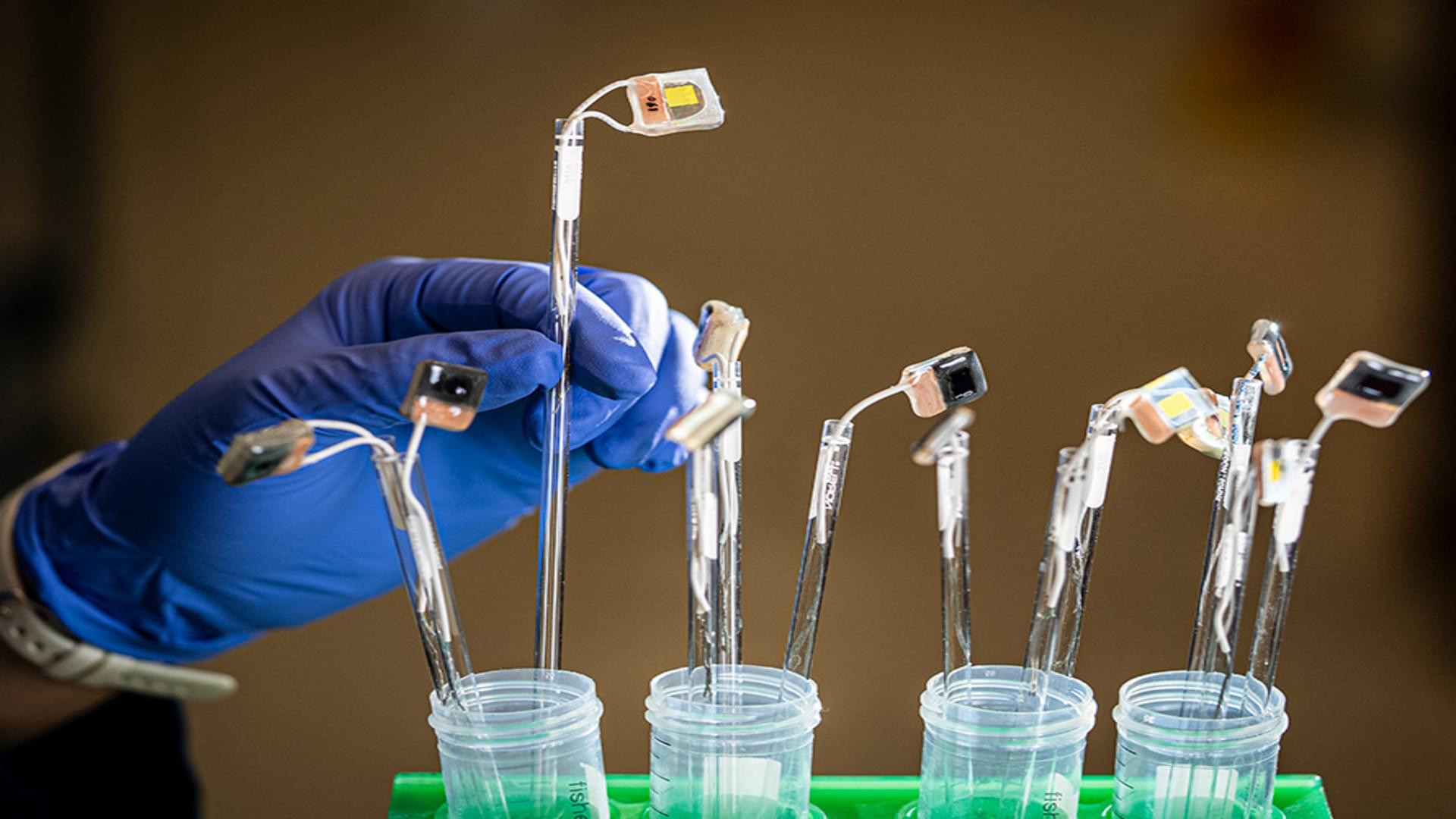Noninvasive therapy seeks to enhance focus and behavior by gently stimulating a nerve associated with attention and executive functioning. Researchers at UCLA Health are initiating the first clinical trial to determine whether a wearable device that provides gentle nerve stimulation during sleep
A giant object that has been lurking in the relative galactic vicinity of the Solar System this entire time has just been unmasked in all its enormous, invisible glory.
Just 300 light-years away, at the edge of the Local Bubble of space, astronomers have discovered a huge, crescent-shaped cloud of molecular hydrogen, the basic building block of everything in the Universe.
It’s the first time scientists have managed to discover molecular material in interstellar space by looking for the glow of far-ultraviolet light. Its discoverers have named the cloud Eos, after the ancient Greek goddess of the dawn.
The Moon’s surface is covered by impact craters, ranging from microscopic pits to massive basins over 1,000 kilometers across.
75 zero-days exploited in 2024, with 44% hitting enterprise tools and 34 tied to threat groups.
Indian court orders blocking of Proton Mail citing AI deepfakes and explicit emails, triggering national privacy concerns.
WhatsApp launches Private Processing using CVM and OHTTP, ensuring AI-driven message privacy and auditable security.
Multiple AI jailbreaks and tool poisoning flaws expose GenAI systems like GPT-4.1 and MCP to critical security risks.
SentinelOne uncovers China-linked PurpleHaze attacks and North Korean infiltration attempts amid rising EDR testing abuses.
Lithium button cells with electrodes made of nickel-manganese-cobalt oxides (NMC) are very powerful. Unfortunately, their capacity decreases over time. Now, for the first time, a team has used a non-destructive method to observe how the elemental composition of the individual layers in a button cell changes during charging cycles.
The study, published in the journal Small, involved teams from the Physikalisch-Technische Bundesanstalt (PTB), the University of Münster, researchers from the SyncLab research group at HZB and the BLiX laboratory at the Technical University of Berlin. Measurements were carried out in the BLiX laboratory and at the BESSY II synchrotron radiation source.
Lithium-ion batteries have become increasingly better. The combination of layered nickel-manganese-cobalt oxides (NMC) with a graphite electrode (anode) has been well established as the cathode material in button cells and has been continuously improved. However, even the best batteries do not last forever; they age and lose capacity over time.
Scientists create a sun-powered artificial leaf that turns sunlight and CO₂ into fuel and chemicals, challenging fossil fuels.









